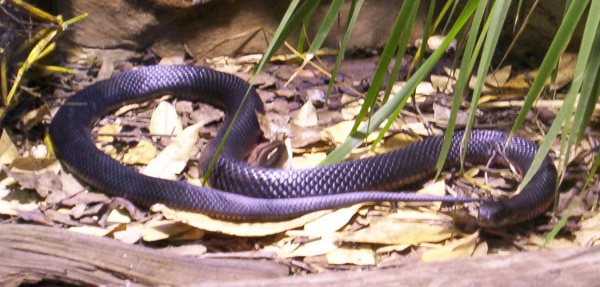Facts About Red-bellied black snake
The red-bellied black snake, scientifically known as Pseudechis porphyriacus, is a venomous species indigenous to Australia. First described in 1794, the snake is commonly found in eastern Australia. It typically grows to about 1.25 meters in length and is easily identifiable by its glossy black upper body, vivid red or orange sides, and pink to dull red underside. Despite its venomous nature, the red-bellied black snake is not aggressive and usually avoids human interaction.
These snakes inhabit woodlands, forests, and swamplands, but they can also be found in urban areas near water sources. Their diet primarily consists of frogs, though they also consume fish, reptiles, and small mammals. Although the International Union for Conservation of Nature (IUCN) lists them as a species of least concern, their population is dwindling due to habitat fragmentation and a decline in frog populations.
Over the years, the taxonomy of the red-bellied black snake has undergone various changes, with different names and subspecies proposed by researchers. Common names for this snake include the common black snake, redbelly, and RBBS. Behaviorally, they are generally shy and avoid confrontation but may strike if provoked. During the mating season, males engage in ritualized combat, and females give birth to live young, a reproductive process known as ovoviviparity.
Their diet includes frogs, reptiles, and small mammals, and there have been reports of cannibalism. They are vulnerable to cane toad toxins, but some have developed adaptations in regions where these toads are prevalent. While the snake is venomous, there have been no recorded fatalities from its bites. Symptoms of a bite can include local swelling, pain, and systemic effects, all of which can be managed with antivenom.
From a conservation perspective, the red-bellied black snake faces threats from habitat destruction due to urban expansion and the declining frog population. They are also preyed upon by feral cats and birds of prey. Interestingly, these snakes adapt well to captivity and are commonly kept as pets in Australia, where they are fed mice, fish fillets, and other suitable foods.
